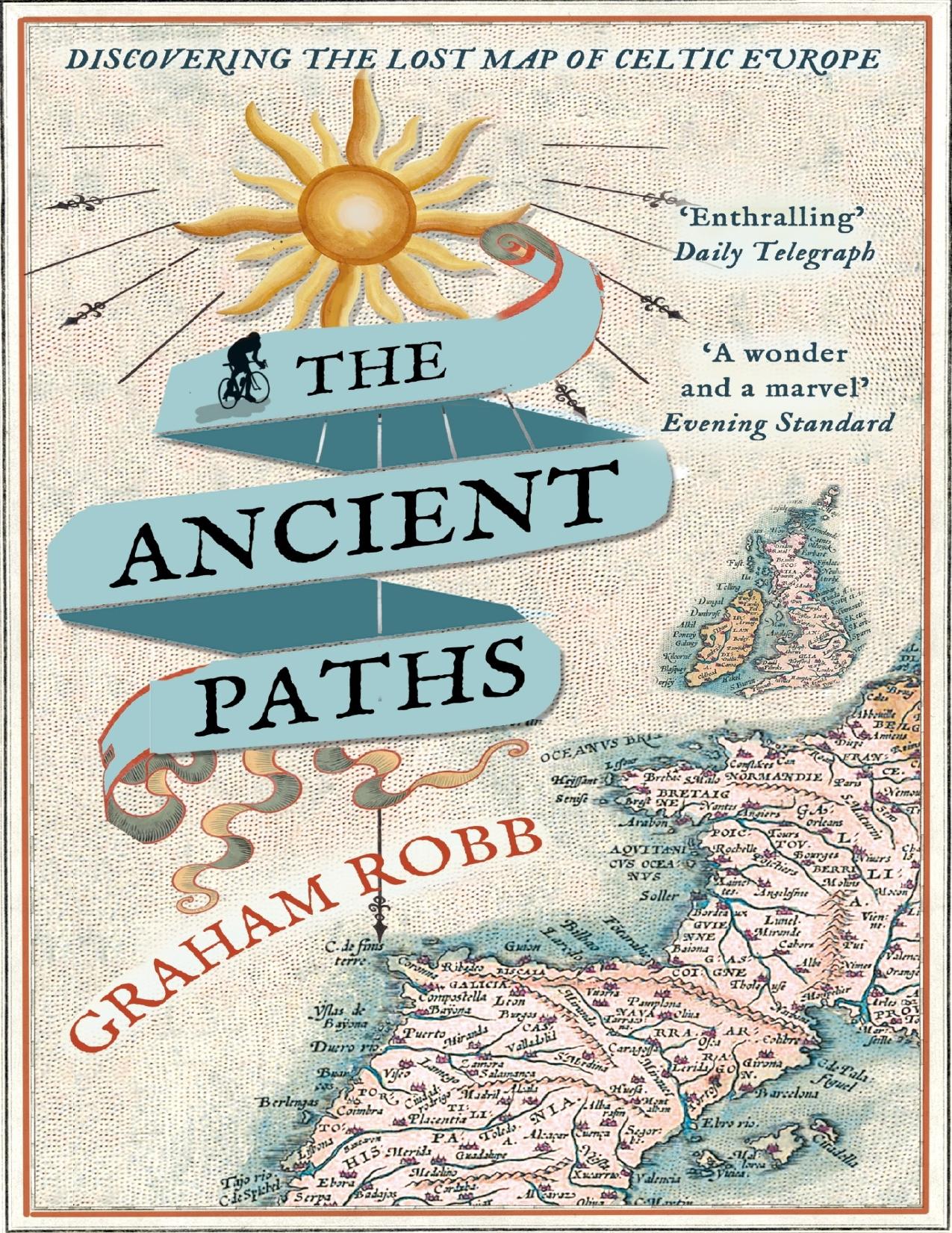The Ancient Paths by Graham Robb

Author:Graham Robb [Robb, Graham]
Language: eng
Format: epub, pdf
ISBN: 9781447240495
Publisher: Pan Macmillan UK
Published: 2014-06-25T16:00:00+00:00
The Alesia that can be seen today on the hill above the village of Alise-Sainte-Reine is the Roman town that replaced the oppidum. The oldest part is the temple to Ucuetis, a god of metalworkers. Its stone footings, next to the table d’orientation, trace the ground-plan of an earlier temple. The museum of Alesia is unaware of the fact, but unlike the other buildings, the Celtic temple is oriented by its major axis on the solstice line from Châteaumeillant. There are few other signs of Druidic calculations – the army that faced the rising sun, two sorties launched by the Gauls when the sun was highest in the sky, and Vercingetorix’s final circumambulation of Caesar. These are the only hints that Alesia had once been the focal point of a solar sanctuary as large as Gaul itself.
At Alesia, the Gaulish cause was lost. But there was to be one other ‘last stand’. Throughout that winter and the following spring (51 BC), the legions were busy stamping out the fires of rebellion that still burned in other parts of Gaul. In early summer, a Gaulish army was defeated at the siege of Lemonum (Poitiers), which lies on the same latitude as Châteaumeillant. Vercingetorix’s most trusted general – a leader of the Cadurci tribe named Lucterius – escaped from Lemonum and joined forces with a leader of the Senones called Drappes. They assembled a ragged army of two thousand warriors. Lucterius was already known to Caesar as ‘a man of the utmost audacity’, but the Cadurcan’s plan was more than audacious, it was suicidal. Abandoning the ruins of central Gaul to the Romans, Lucterius and Drappes would march south to attack the Roman province.
The direct route from Lemonum to Narbo, the capital of the province, led through the lands of the Cadurci, where Lucterius had his power-base. He and his army passed the Duranius (the Dordogne) and struck out across the region of limestone plateaux where the rivers run through deep gorges. Here, where the warmth of the south begins to prevail over the moist winds of the Atlantic, Lucterius was in his home territory. Word reached him that two Roman legions had set off in pursuit. He realized, says Hirtius, that ‘to enter the province with an army in the rear would mean certain destruction’. But the region later called the Quercy (from ‘Cadurci’) was the natural habitat of fugitives. Long before the Celts, a primitive race had lurked in the tortuous caverns that led to the lower world. In the valleys of the Lot, the Aveyron and the Viaur, the crags that jut out of the woodland at river-bends look like citadels, and the citadels look like crags.
Lucterius chose what appeared to be an impregnable oppidum. Its name was Uxellodunum, from uxellos (‘high’) and dunum (‘hill fort’). Before the war, Uxellodunum had been a protectorate of his tribe. It was a natural fortress: a river almost surrounded it, ‘very steep and rugged cliffs defended it on all sides’, and on
Download
This site does not store any files on its server. We only index and link to content provided by other sites. Please contact the content providers to delete copyright contents if any and email us, we'll remove relevant links or contents immediately.
| Africa | Americas |
| Arctic & Antarctica | Asia |
| Australia & Oceania | Europe |
| Middle East | Russia |
| United States | World |
| Ancient Civilizations | Military |
| Historical Study & Educational Resources |
Mediterranean Winter by Robert D. Kaplan(869)
Rivers of Power by Laurence C. Smith(850)
Berezina by Sylvain Tesson(748)
Earth: An Intimate History by Richard Fortey(725)
Exceptional Mountains by O. Alan Weltzien(555)
Restigouche by Philip Lee(554)
The Revenge of Geography: What the Map Tells Us About Coming Conflicts and the Battle Against Fate by Robert D. Kaplan(549)
Hidden Histories by Mary-Ann Ochota(506)
Heaven's Breath by Lyall Watson(502)
The Coral Island: A Tale of the Pacific Ocean by R. M. Ballantyne(499)
Position Doubtful: Mapping Landscapes and Memories by Kim Mahood(467)
The Ancient Paths by Graham Robb(449)
Cartographies of Time by Daniel Rosenberg & Anthony Grafton(433)
Delphi Complete Works of Strabo - Geography (Illustrated) (Delphi Ancient Classics Book 61) by of Amaseia Strabo(423)
Time and Navigation by Andrew K. Johnston(414)
Nature's Mutiny by Phillip Blom(403)
The Oxford Illustrated History of the Holy Land by Robert G. Hoyland & H. G. M. Williamson(382)
A Short History of the World in 50 Places by Jacob F. Field(377)
Putting Science in Its Place by Livingstone David N(364)
